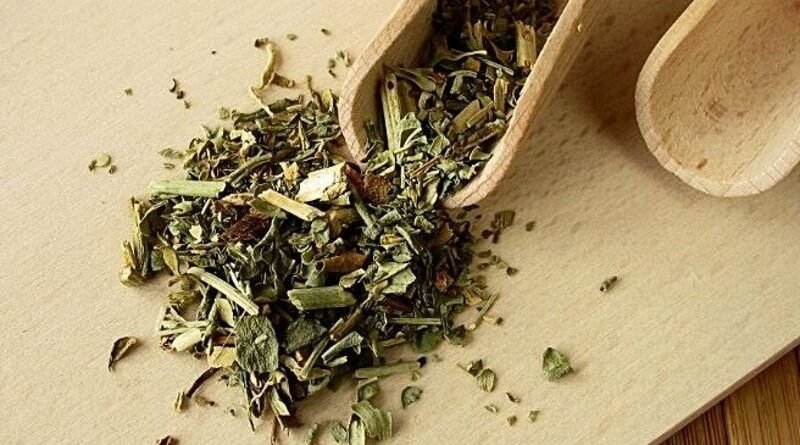Everything You Need to Know About Common Rue Plants
Everything You Need to Know About Common Rue Plants
Rue, scientifically known as Ruta, is a fascinating group of plants that have been admired and utilized for various purposes throughout history. These aromatic and versatile plants belong to the Rutaceae family and comprise several species, but the most commonly known one is Ruta graveolens, commonly referred to as “Common Rue Plant.” This article aims to provide a detailed overview of everything you need to know about these intriguing plants, from their history and characteristics to their uses and potential benefits.
1. Historical Significance and Cultural Background
Common Rue has a rich historical background dating back to ancient times. It is believed to have originated in the Mediterranean region and was used extensively by ancient civilizations like the Greeks, Romans, and Egyptians. These cultures valued rue for its medicinal properties, culinary uses, and symbolic significance.
In ancient Rome, rue was considered a symbol of protection and used to ward off evil spirits. It was also used in various religious ceremonies and rituals. In medieval Europe, rue was often planted around homes to protect against witches and to safeguard against the plague.
2. Plant Characteristics
Common Rue is an evergreen shrub that typically reaches a height of 2-3 feet (60-90 cm) and has bluish-green foliage with a distinct, strong aroma. The leaves are feathery and arranged in a pinnate manner, with each leaflet having a slightly serrated edge. The plant produces small, yellow flowers in clusters, which later give way to small, brownish fruits.
One noteworthy characteristic of rue is its ability to secrete an oil from tiny glands on the leaves, which contributes to its characteristic fragrance. However, this oil can cause skin irritation in some individuals, so caution is advised when handling the plant.
3. Cultivation and Growing Conditions
Common Rue is a hardy plant that thrives in a variety of conditions. It prefers well-draining soil and full sun but can also tolerate partial shade. These plants are drought-tolerant once established, making them suitable for dry or arid regions. Rue can be grown from seeds or propagated through cuttings. However, it’s essential to check local regulations before cultivating rue, as some regions consider it invasive.
4. Culinary Uses
While rue was once commonly used as a culinary herb, it has fallen out of favor in recent times due to safety concerns regarding its potential toxicity. The leaves have a bitter taste and a pungent aroma, which made them popular for flavoring various dishes, especially in Mediterranean cuisine. Rue was traditionally used in sauces, soups, salads, and as a seasoning for meats. However, because of its potentially harmful compounds, it’s now used sparingly, if at all, in modern culinary practices.
5. Medicinal Uses and Health Benefits
Common Rue has a long history of medicinal use, but its potential toxicity has led to caution in its application. The plant contains various compounds, including alkaloids, flavonoids, and essential oils. Some of the traditional medicinal uses of rue include:
a. Digestive Aid: Rue was used to alleviate digestive issues such as indigestion, bloating, and flatulence.
b. Menstrual Support: It was believed to help regulate menstrual cycles and ease menstrual discomfort.
c. Skin Conditions: Rue was applied topically to treat skin conditions like rashes, insect bites, and boils.
d. Respiratory Relief: It was used to alleviate symptoms of respiratory ailments, such as coughs and congestion.
However, it’s crucial to highlight that rue contains potentially toxic compounds, especially in high concentrations, which may cause adverse effects such as gastrointestinal disturbances and skin irritation. Pregnant women should avoid rue altogether due to its potential abortifacient properties.
6. Garden and Landscape Use
Despite its reduced culinary and medicinal usage, rue remains a popular choice for gardens and landscapes due to its ornamental value. The attractive bluish-green foliage and yellow flowers add aesthetic appeal to any garden. Additionally, some gardeners believe that rue can repel certain pests, although scientific evidence supporting this claim is limited.
7. Symbolism and Folklore
Throughout history, rue has been associated with various symbolism and folklore. Besides its protective properties against evil spirits, rue was believed to bring good luck, prosperity, and blessings to a household. Rue was also considered a symbol of sorrow, and it is mentioned in Shakespeare’s play “Hamlet” during Ophelia’s famous “rue speech.”
Conclusion
In conclusion, Common Rue plant have a captivating history and a range of characteristics that make them interesting additions to gardens and landscapes. While they were once widely used for culinary and medicinal purposes, concerns regarding their potential toxicity have led to a decline in their direct human consumption. However, their cultural significance, symbolic value, and ornamental appeal ensure that rue remains an intriguing and cherished plant in many parts of the world.
If you decide to grow rue in your garden, exercise caution while handling the plant and avoid ingestion or prolonged skin contact. As with any herbal remedy, it is advisable to consult with a qualified healthcare professional before using rue for medicinal purposes. By appreciating and respecting the heritage of Common Rue plants, we can continue to enjoy their beauty and cultural significance responsibly.



